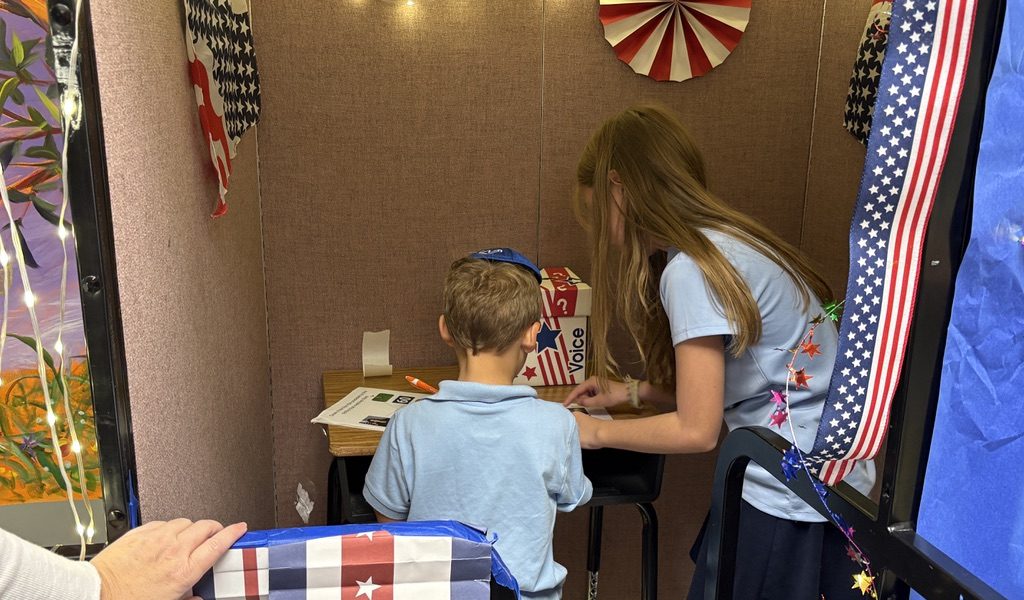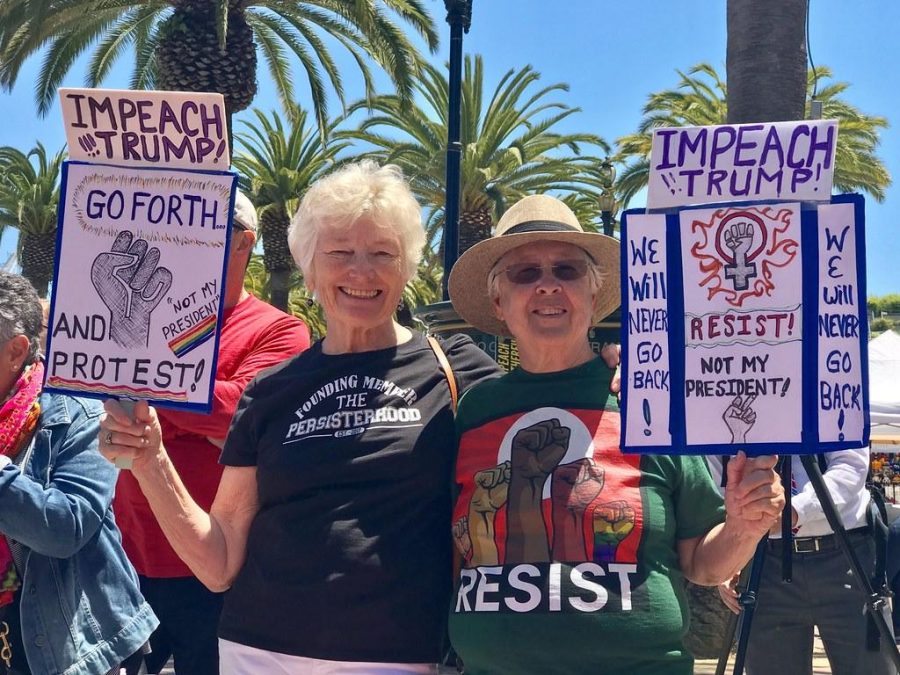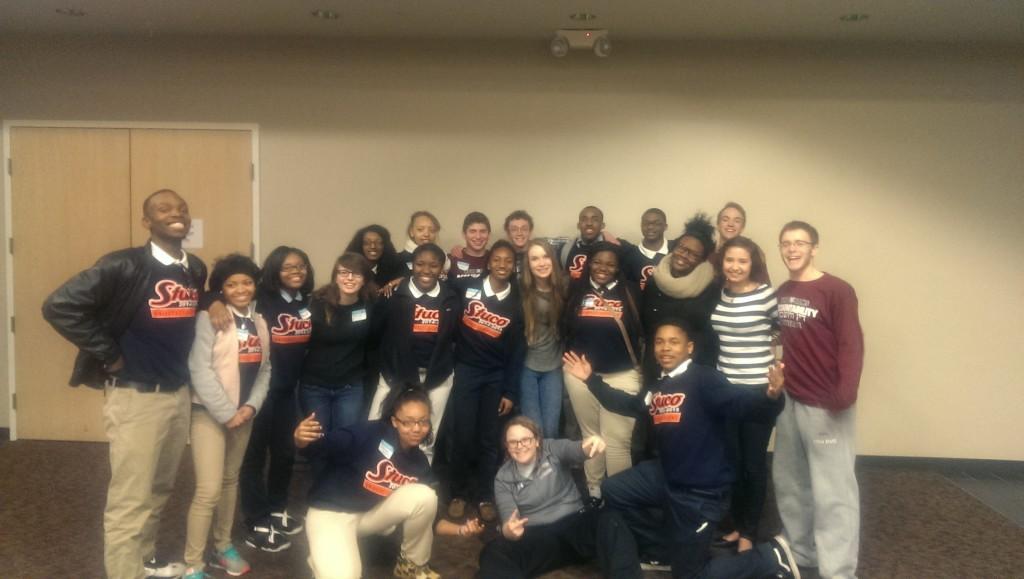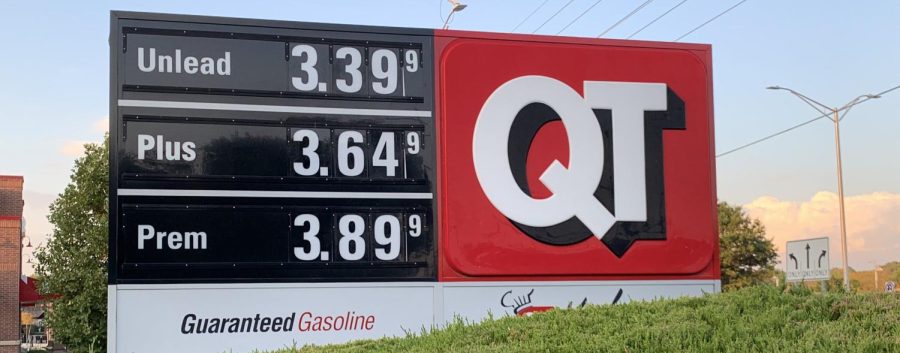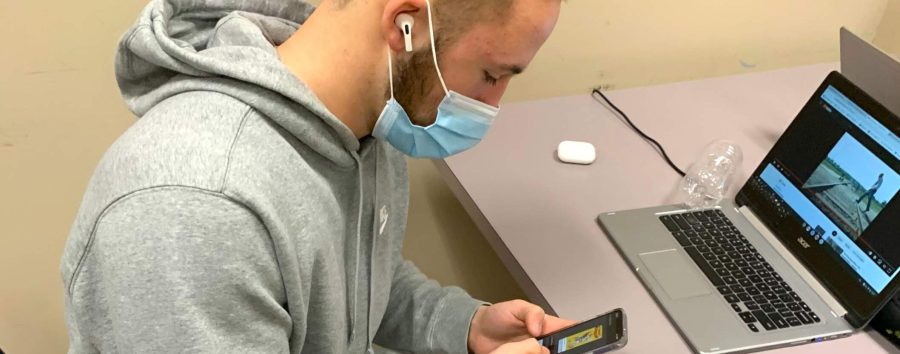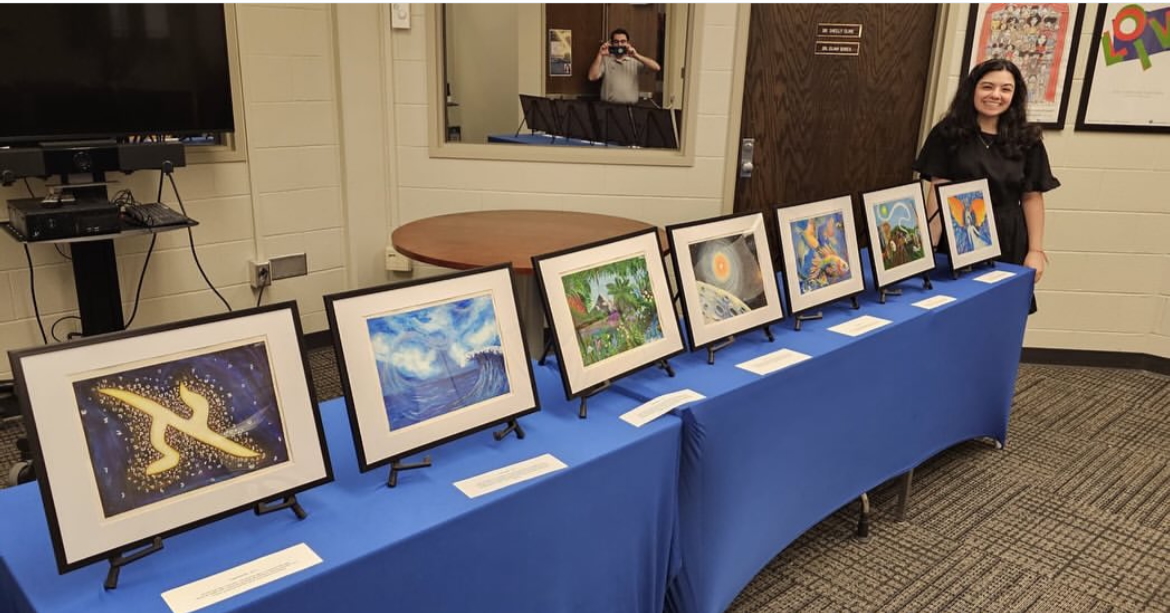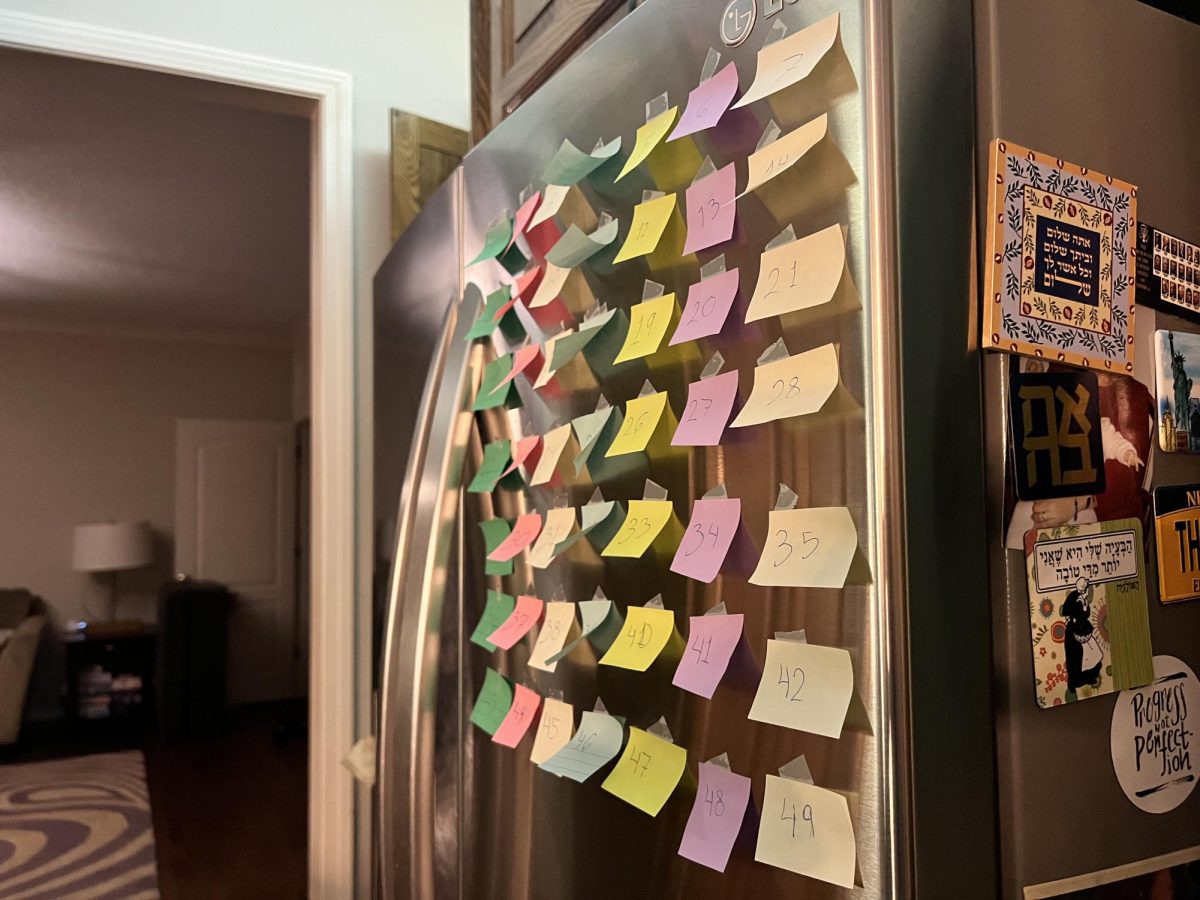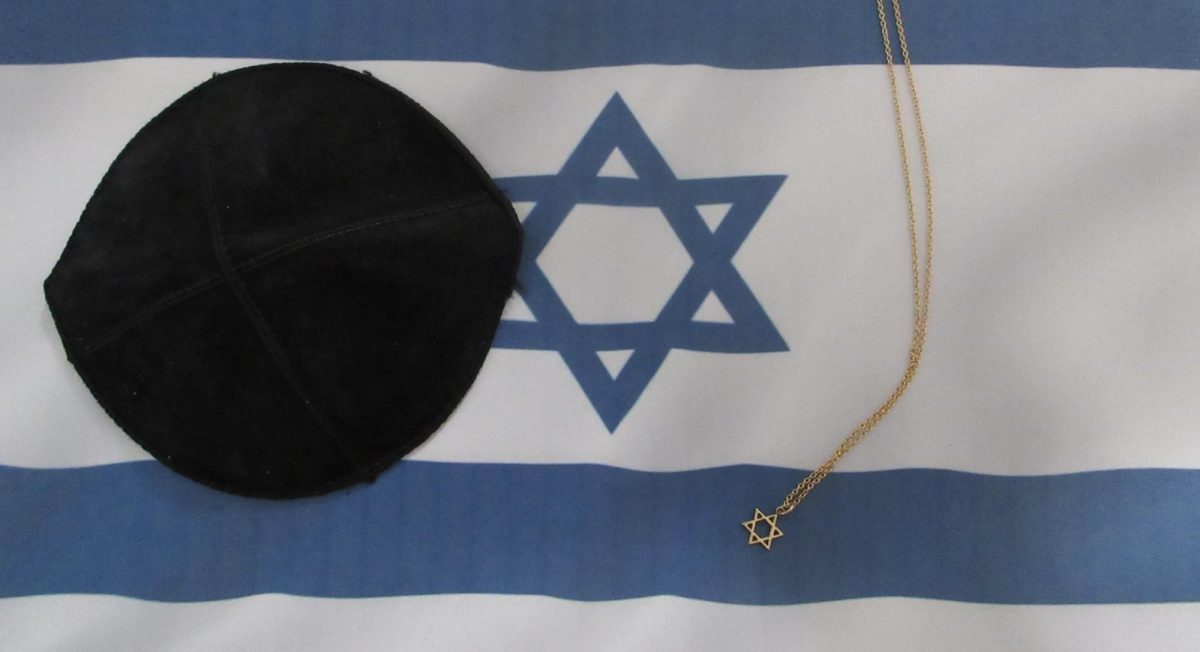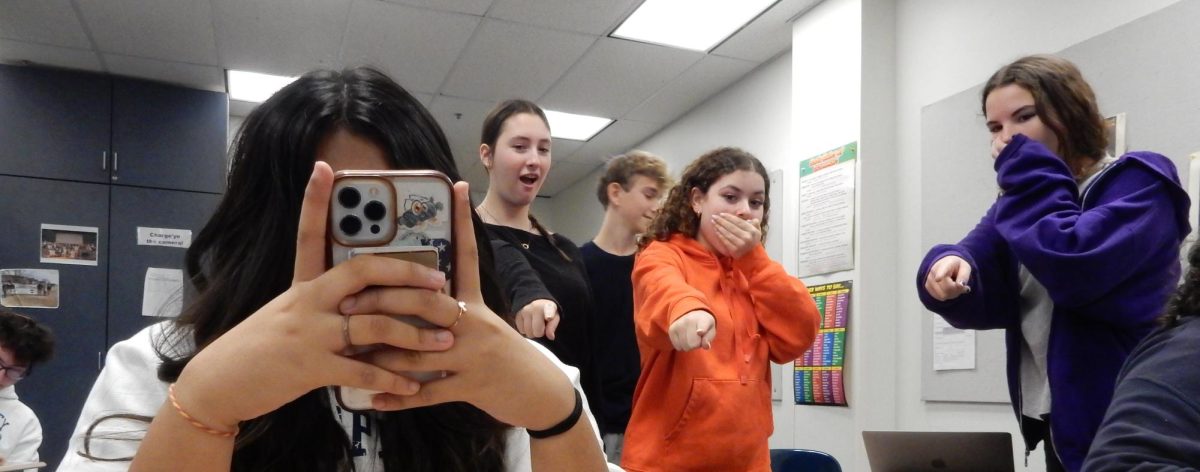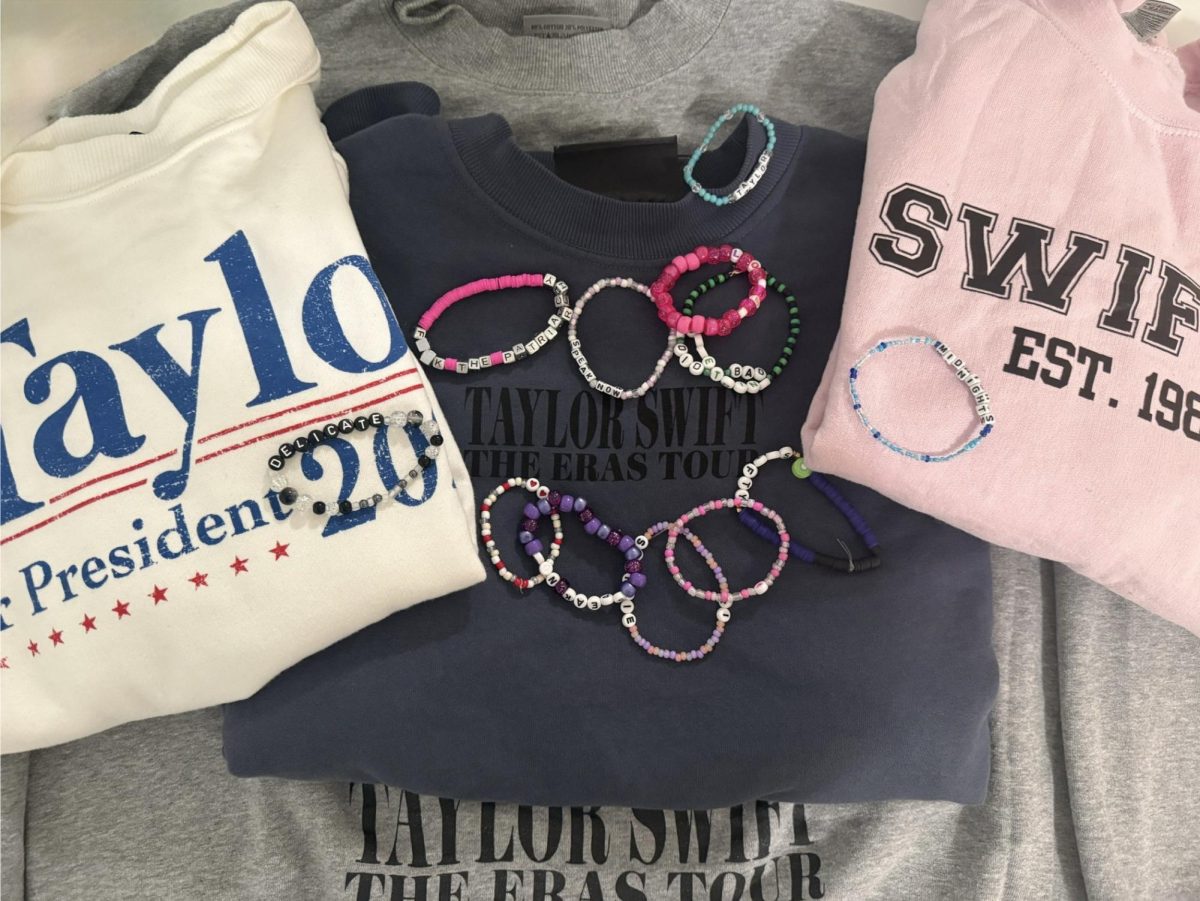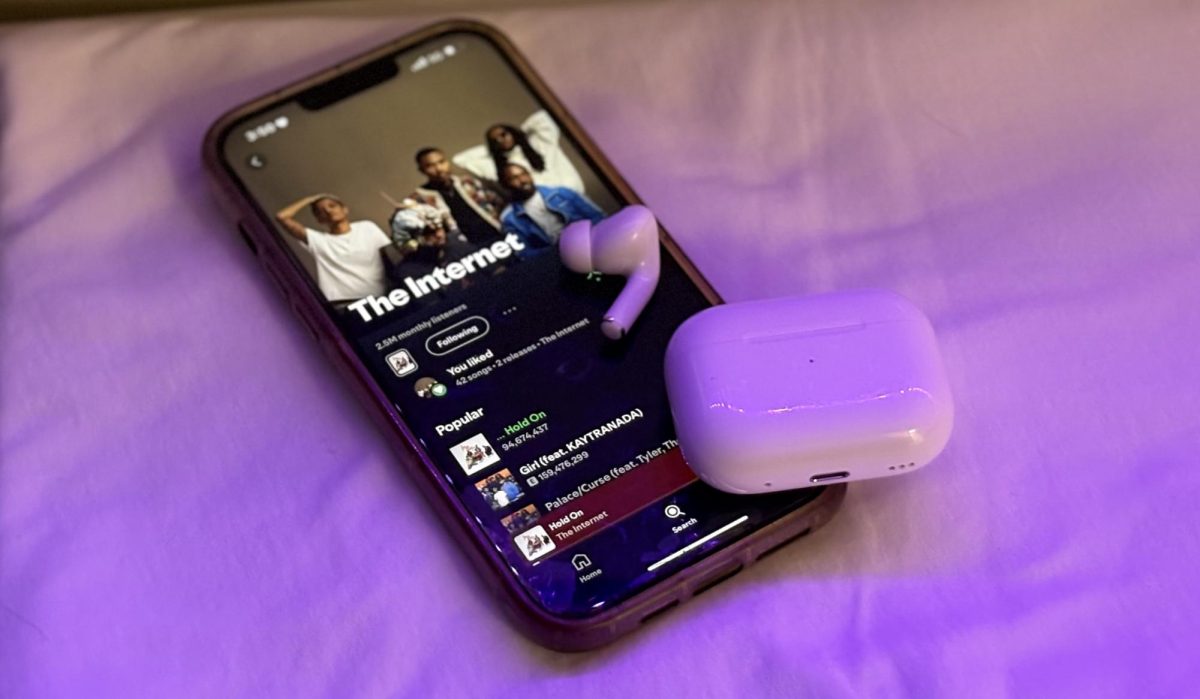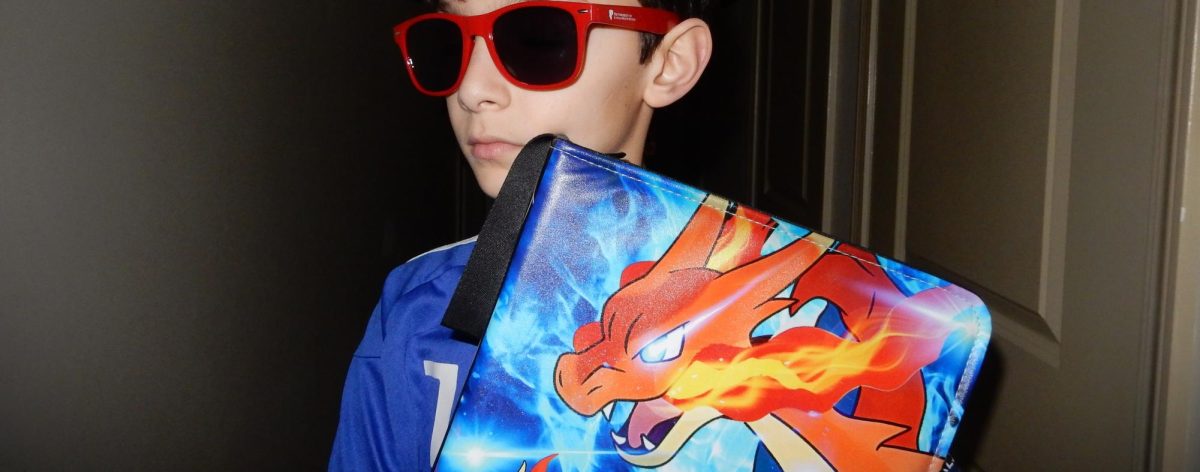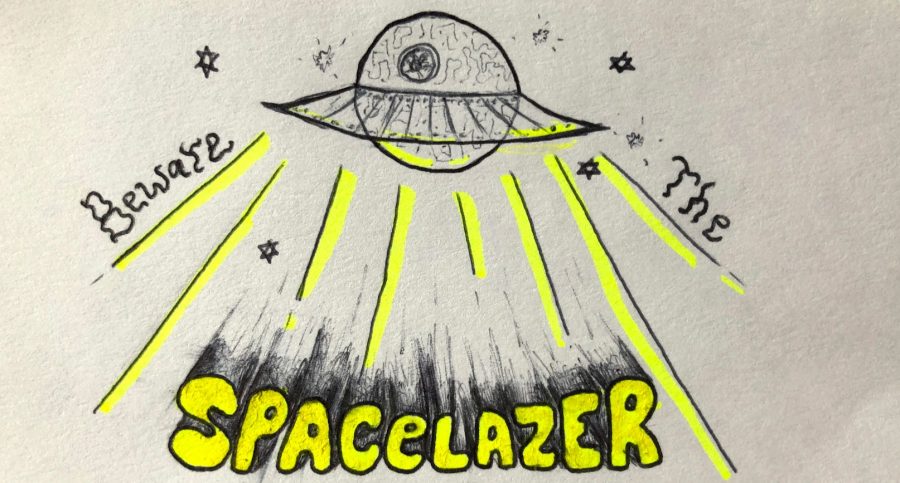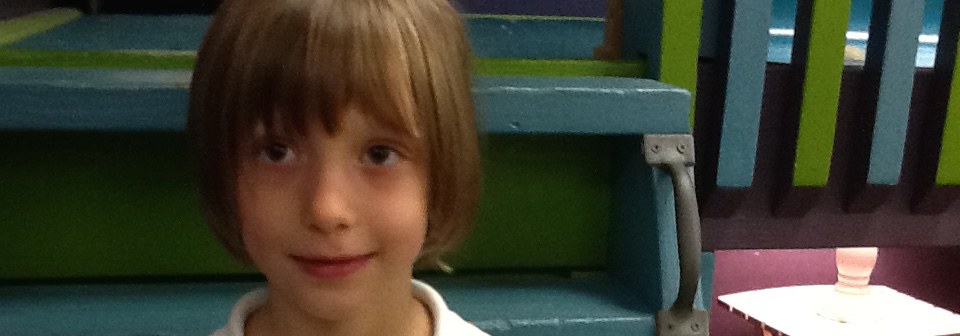Inside NFT’s: What are they and why are they so successful?
December 18, 2021
With the arising digital age comes the emergence of digital assets. These assets are completely virtual, yet manage to create real monetary value. This allows for a whole new movement in art pieces and collectibles, and it also comes with new opportunities for individuals everywhere. The digital asset known as non-fungible tokens (NFTs) has been around for years, but it is now beginning to make its way into the Hyman Brand Hebrew Academy (HBHA) hallways. In order to truly understand how this came to be, you must first understand the world of cryptocurrencies and the blockchain.
You may have heard of cryptocurrencies, like Bitcoin, Ethirium, and DogeCoin, which are currencies that utilize the technology of the blockchain.
The blockchain is an online database, which stores data electronically. It is then shared between the nodes, or connection points, of computers. Data in the blockchain is stored into cells, known as blocks, and once these blocks have been filled, then a connecting block is created. As more of these data are filled, connected blocks add up to form a chain of blocks, or blockchain, hence the name.
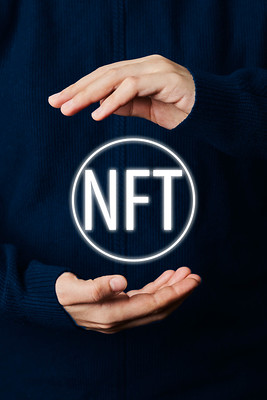
Once each of these blocks have been filled, they are time stamped and become completely irreversible. This creates a perfect timeline of anything that has happened on the blockchain. Using the blocks to store transactional information, it creates a secure way of transferring currency, and due to it being completely decentralized, it is free and available to everyone with no third-party interference. The possibilities of information being stored in the blocks are endless, they are secure and accessible to all, and they offer a free and fast way of conducting transactions, as no other parties are involved. The blockchain offers a unique digital marketplace, unmatched anywhere else.
This blockchain technology has been combined with art and other collectibles to create a unique piece of content. The most common method of purchasing NFT is an online NFT marketplace called OpenSea, which allows you to purchase NFT’s using the cryptocurrency Ethereum.
The NFT marketplace most commonly found at HBHA is called VeVe. While on OpenSea NFT’s are bought using cryptocurrencies, on VeVe they are bought using Gems. Each Gem is the equivalent of one US dollar, and can be bought in five dollar increments. Another way VeVe separates itself from other NFT marketplaces is by instead of having an auction system where the highest bid gets the NFT, and they use a limited-supply system. Meaning, they release a select amount of collectibles and sell out almost instantly. Once the NFTs have sold out, they can be resold for a profit to collectors unable to get them during their release.
Junior Roman Katz has been buying NFT’s directly after their release and reselling them for a profit. Katz came about this venture through a group who advises each other on in-demand assets that can be resold for profits. One of the members advised the group to “download an app, and start buying NFTs.” Katz gave it a go, and the rest is history. According to Katz, NFTs get their value because they are the future of art as we know it. “Technology is our future,” Katz states “so the new form of art is through technology, which would be NFTs.” Katz describes NFTs as “pieces of digital art that stays with you forever, and can never be [physically] stolen from you.”
Katz recommends his peers give NFTs a shot, as “there’s still a lot of money left in the market.” However, he says it’s important to first do your research before purchasing any NFT’s, and to make sure to find some that are in demand. Although some skeptics feel that NFT’s are no more than a trend, Katz feels that they could be a long term option, and as a technological future arises, then so should technological art.

However, this optimistic view on NFTs is not shared by all traders of the asset. Junior Benji Kohl, feels that the high valuation on these digital assets is temporary. “It’s doing good now,” Kohl states “but I don’t think it’s going to last.” Katz and Kohl both differ on whether or not NFTs are genuine collectibles, or are just a way of making money. Kohl sees NFTs as an asset which he can attempt to acquire in order to make a profit. Katz agrees with Kohl on some NFTs but feels that others could be genuine collectables. He mentions that some NFTs can be exchanged for a physical collectible, in which case, they would have a worth beyond their monetary value.
Although NFTs can be hard to comprehend, as they’re unlike any form of art that has ever existed, it is important to realize their purpose. NFTs are an attempt to create art in a digital world, which can also have a finite number of copies in the infinite world of the internet. It allows artists to sell their work for more money and collectors have a whole new world of collectables. Whether you like them or not, NFTs are changing the world and could be the start of a new era in art.





